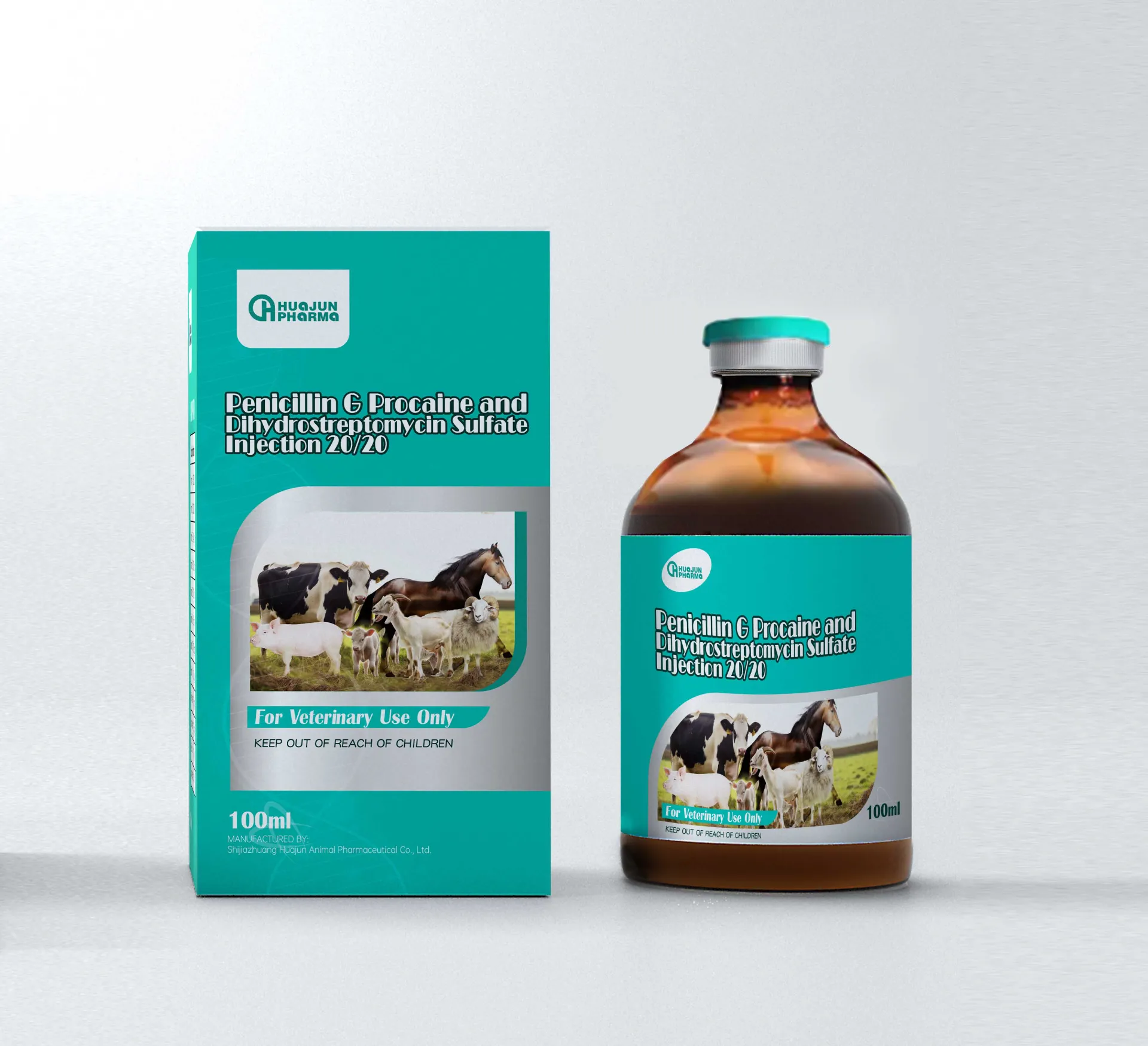
Th8 . 06, 2024 08:26 Back to list
Understanding the Symptoms of Salmonella Infections and Their Impact on Food Safety Practices
Understanding Salmonella Symptoms and Factory Concerns
Salmonella is a type of bacteria that is one of the leading causes of foodborne illness worldwide. It can cause serious infections, resulting in a variety of symptoms that individuals need to be aware of. Particularly in the context of food production and processing factories, understanding Salmonella, its symptoms, and prevention methods is critical to ensuring public health and safety.
What is Salmonella?
Salmonella is a genus of bacteria that comprises several species, the most common being Salmonella enterica and Salmonella bongori. This pathogen is found in a range of animals, particularly poultry, cattle, and reptiles, and can contaminate eggs, beef, poultry products, and even fruits and vegetables. The transmission typically occurs through the consumption of contaminated food or water, making food processing facilities particularly vulnerable to Salmonella outbreaks.
Symptoms of Salmonella Infection
Upon infection, individuals may experience a range of symptoms that usually emerge six hours to six days after exposure. The most common symptoms include
1. Diarrhea Often severe and may be accompanied by blood in severe cases. 2. Fever A common body response to infection, often mild to moderate. 3. Abdominal cramps These can range from mild discomfort to severe pain. 4. Nausea and vomiting Some individuals may experience these symptoms, while others may not.
Symptoms typically last between 4 to 7 days, with most people recovering without the need for treatment. However, in some cases, especially among young children, the elderly, or those with weakened immune systems, the infection can be severe and lead to complications such as dehydration or bloodstream infections.
Factory Concerns and Prevention Measures
salmonella síntomas factories

Food processing factories must prioritize safety protocols to minimize the risk of Salmonella contamination. There are several critical measures that can be implemented
1. Strict Hygiene Practices Employees must adhere to strict hygiene standards, including regular hand washing and wearing protective gear. Facilities should provide adequate training on food safety practices.
2. Regular Inspections and Testing Routine inspections of equipment, food preparation areas, and finished products can help identify potential sources of contamination early. Regular microbiological testing for the presence of Salmonella is crucial.
3. Proper Cooking and Storage Ensuring that food is cooked to the appropriate temperatures and stored correctly is vital in preventing the growth of Salmonella. Cooking meat to an internal temperature of at least 165°F (74°C) effectively kills harmful bacteria.
4. Cross-contamination Prevention Factories must implement strategies to prevent cross-contamination between raw and cooked foods. This includes using separate equipment and storage areas and properly cleaning and sanitizing surfaces.
5. Response Protocols In the event of a Salmonella outbreak, having a clear response protocol can greatly reduce the impact. This includes tracing the source of the outbreak, identifying affected products, and issuing recalls if necessary.
Conclusion
Salmonella is a significant public health concern, particularly in food production environments. By being aware of its symptoms and implementing stringent safety measures, factories can greatly reduce the risk of contamination and protect public health. Education on the symptoms of Salmonella infection is equally important for consumers, ensuring that they remain vigilant about food safety practices at home. Ultimately, collaboration between food producers and public health entities is essential in the fight against foodborne illnesses like Salmonella.
-
China Salivation AI with GPT-4 Turbo Features
NewsAug.01,2025
-
Epic Sepsis Factories: AI-Driven Detection with GPT-4 Turbo
NewsJul.31,2025
-
Acute Salpingitis and Oophoritis AI Factory
NewsJul.31,2025
-
Premium China Bacillus Subtilis Supplier & Factory Solutions
NewsJul.30,2025
-
Premium Avermectin Supplier in China | Custom Solutions Available
NewsJul.29,2025
-
China Bacillus Subtilis Supplier - Custom Factory Solutions
NewsJul.29,2025




